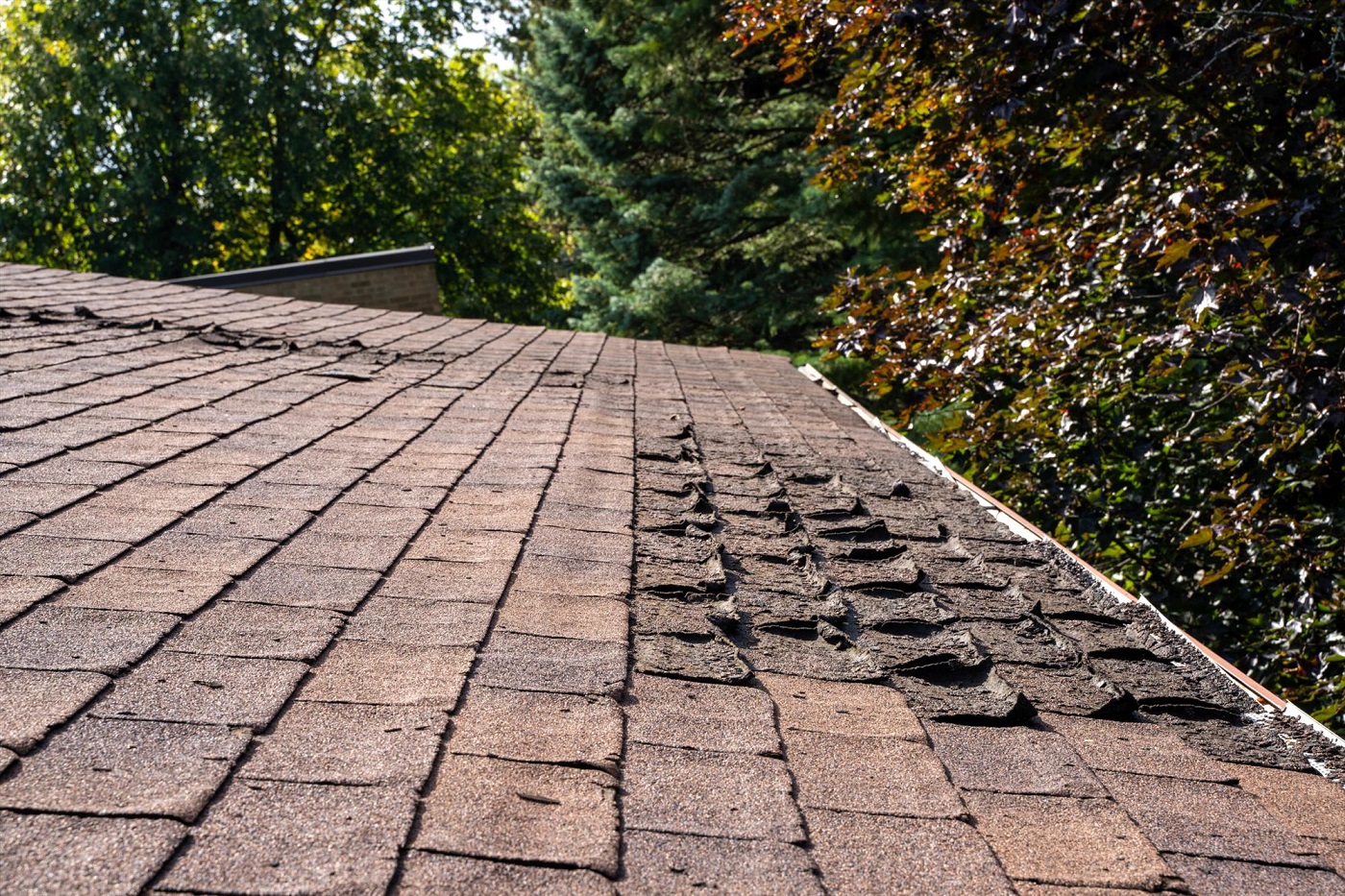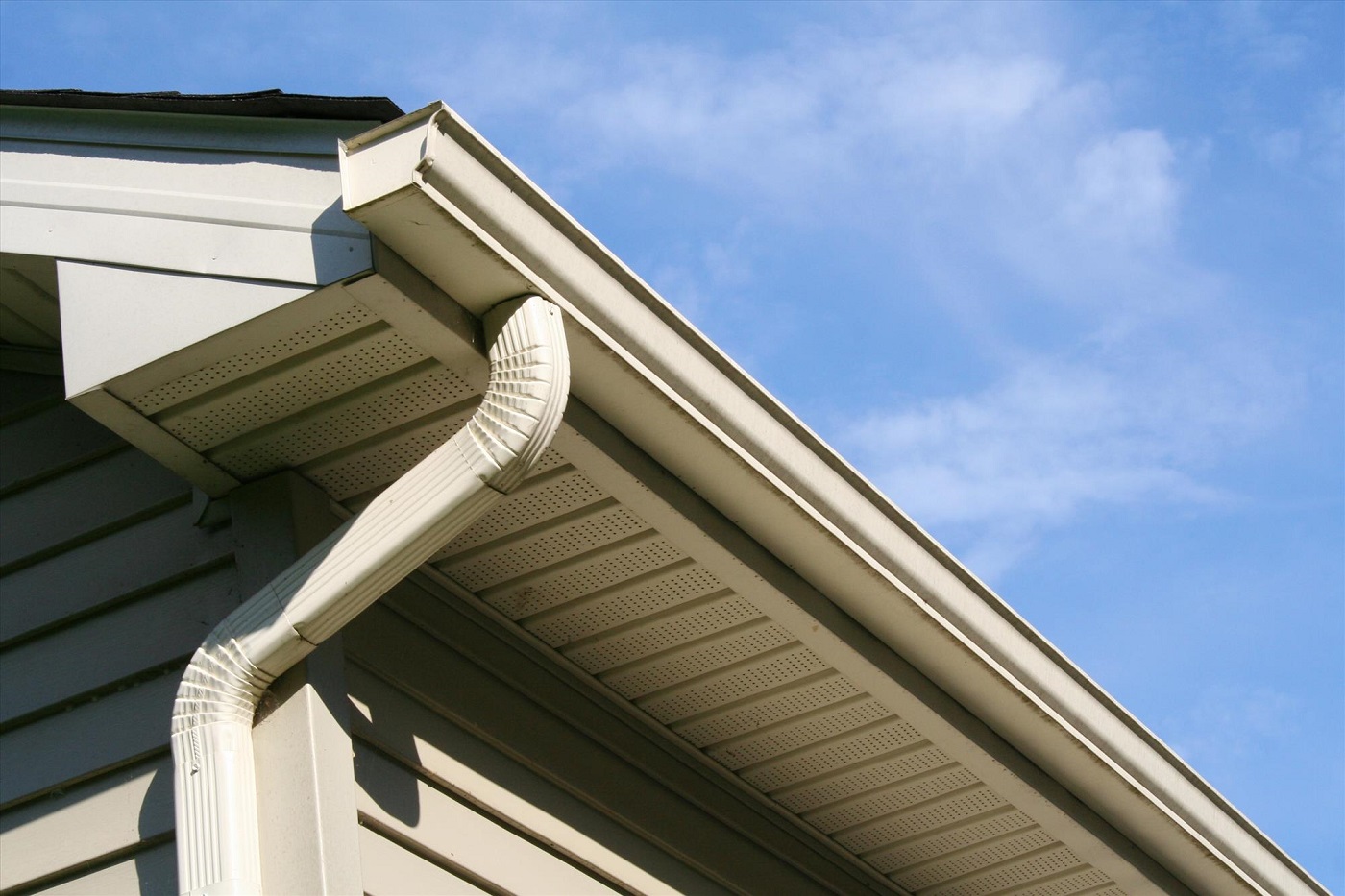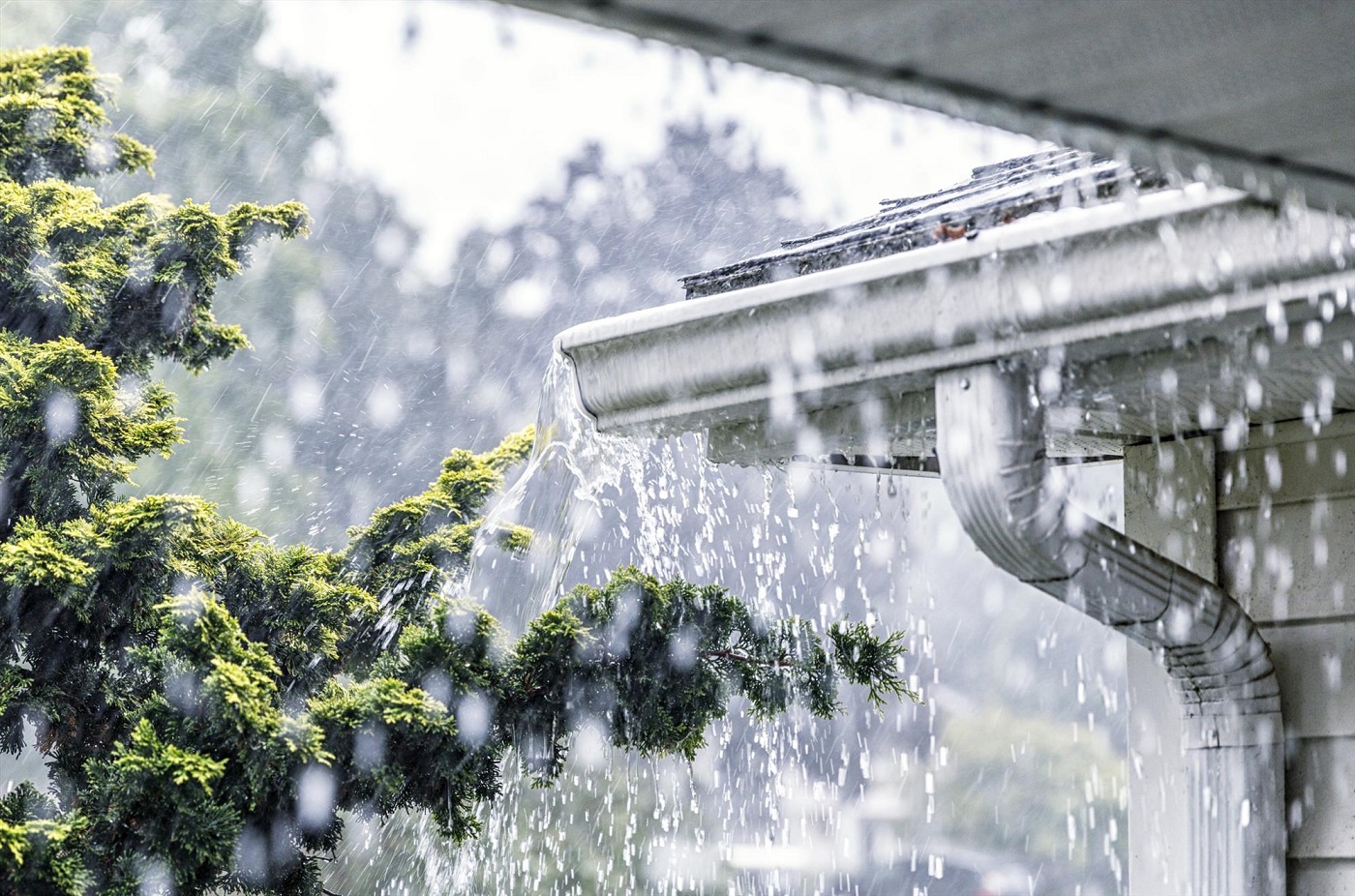Roof Issues
Potential Roof Problems
Of all the problems you can encounter around the house, roofing problems are by far the sneakiest. Leaks can develop unnoticed for years causing rot, mold, warping, and other expensive damage. Experts recommend that you go into your attic or crawlspace at least once a year or immediately after a rainstorm to check for leaks and water damage. Special attention should be paid to areas where you have flashing (the metal or plastic weather stripping that will be around chimneys, pipes, vents, roof planes and eves) because this is typically the most likely area to develop leaks. It is also recommended that you visit the surface of your roof yearly – during good weather – to look for any loose, missing, eroded, warped or otherwise damaged shingles and to check the overall condition of your roof.
You should also clean rain gutters and downspouts of leaves and other debris regularly, preferably in the fall once the trees are bare. While doing this, check for mineral deposits which could indicate the erosion of asphalt shingles. Many people would prefer not to inspect their roofs themselves. Roofs can be pitched at very steep angles and pose quite a challenge to those leery of heights. Inspecting the roof from an attic or crawlspace full of spiders and other creepy inhabitants may not be too attractive either. Another issue is most people are unsure of what to look for. Leaks can be hard to track – water travels downward and the damage can be far from the actual leak. Because of this, hiring an expert to inspect the roof for you is something you should consider.
Kollias Property Inspections, Inc. offers full service, unbiased roof inspections and will provide you with a detailed report of our findings complete with recommended maintenance and repair suggestions. Please contact us for quotes.
To obtain maximum life from your asphalt shingle roof:
Keep trees trimmed to prevent damage to the roof surface from branches or falling limbs.
Check the roof surface annually for obvious damage, lifted or worn shingles. Pay particular attention to valley areas and flashings.
Have missing or damaged shingles promptly replaced.
Periodically check the underside of the roof for signs of leakage or damage, especially around vent pipes and chimneys. Also look for any signs of mildew or mold, which may be associated with roof leakage or ventilation problems.
Maintain good ventilation in the attic even in winter months. Poor attic ventilation can cause damage to a roof structure. Additional vents or an automatic vent fan may be required.
In areas with heavy snowfall and subfreezing temperatures, be alert for ice dams which form along the eaves. Ice dams can cause water damage to the interior ceilings and walls.
If isolated portions of a roof show some wear, or if storm damage occurs, repairs can normally be accomplished without much difficulty. But regardless of the type of materials used, eventually all roofing will require replacement. If it is badly worn or just suffering from overall old age, limited repairs won’t practically extend its service life.
When re-roofing, it may be possible to lay the new shingles over the old ones, which can avoid the labor expense and mess of removing the old covering. Most roof framing is designed to withstand the weight of two layers of shingles. However, actual roofing conditions, roof framing conditions, and local practices and regulations will have a bearing on the method of re-roofing.
General Description of Asphalt (composite) Roofing and Maintenance
Asphalt shingles are the most commonly used type of roof covering for pitched roofs on homes. The overlapping design of the installed shingles provides a double layer of protection as the water flows down the roof slope to the roof edge. Asphalt shingles, also known as composition shingles, are so widely used because of their moderate cost, light weight (compared to many other roofing products), durability, and ease of installation.
Asphalt shingles are surfaced on the top side with mineral granules to provide protection from the elements and a level of fire resistance. Asphalt shingles are available in a variety of colors, weights and patterns. Regular weight asphalt shingles generally have an economic life span of 16-20 years; heavyweight shingles are sold as 30-40 year shingles. Roof surfaces with full southern exposure tend to experience a shorter life span.

Additional Roofing Components
The installation of an asphalt roof involves more than just the roofing itself. The shingles are normally installed over solid wood or composite sheathing, which is nailed to the roof framing. A water-resistant saturated felt underlayment is typically rolled out over the sheathing before the shingles are applied. In cold climates, a special rubberized membrane is installed along the eave to provide extra protection from ice dams and water backup. Eave or gable edge flashing is also commonly used in many areas.
Flashings are also required at all roof penetrations. Flashings are angled barriers designed to divert water where a roof plane changes (valley) or at the roof surfaces around a roof protrusion (vent pipe, chimney, etc.). Poorly applied flashings open and allow water to penetrate the roof surface. If valley flashings are too narrow, backed-up water can find its way under the roofing materials. Most reported roof leaks are in fact flashing leaks.

Roof Drainage Systems
Many homes require a roof drainage system to control water runoff from the roof and prevent damage to exterior elements and water seepage into subgrade areas. In most cases, metal or plastic gutters are hung along the eave of the roof and carry the water to downspouts, which discharge the water at ground level.
Some gutters are made of wood or are built-in as part of the eave framing and lined with metal. Built-in or “Yankee” gutters are more often found on older homes and are prone to damage and eventual leakage as they age. Downspouts, which are made of metal or vinyl, must be large enough to handle all the water collected by the gutters in a reasonable time period. At least one downspout is usually needed for each 25-30 feet of gutter length.
Gutters and downspouts also help reduce erosion along the foundation and protect steps and walkways from unwanted water (and ice) buildup. All downspouts must be piped away from the house foundation to prevent water accumulation and eventual seepage into the foundation. If underground lines are present, be certain to keep them unclogged and flowing. The major cause of the failure of roof drainage systems is blockage due to leaves, twigs and sediment buildup. Regular cleaning of gutters, especially in spring and fall, is essential. Coating of gutter interiors and sealing of seams may be needed in some cases to prolong their useful life and prevent leakage.

